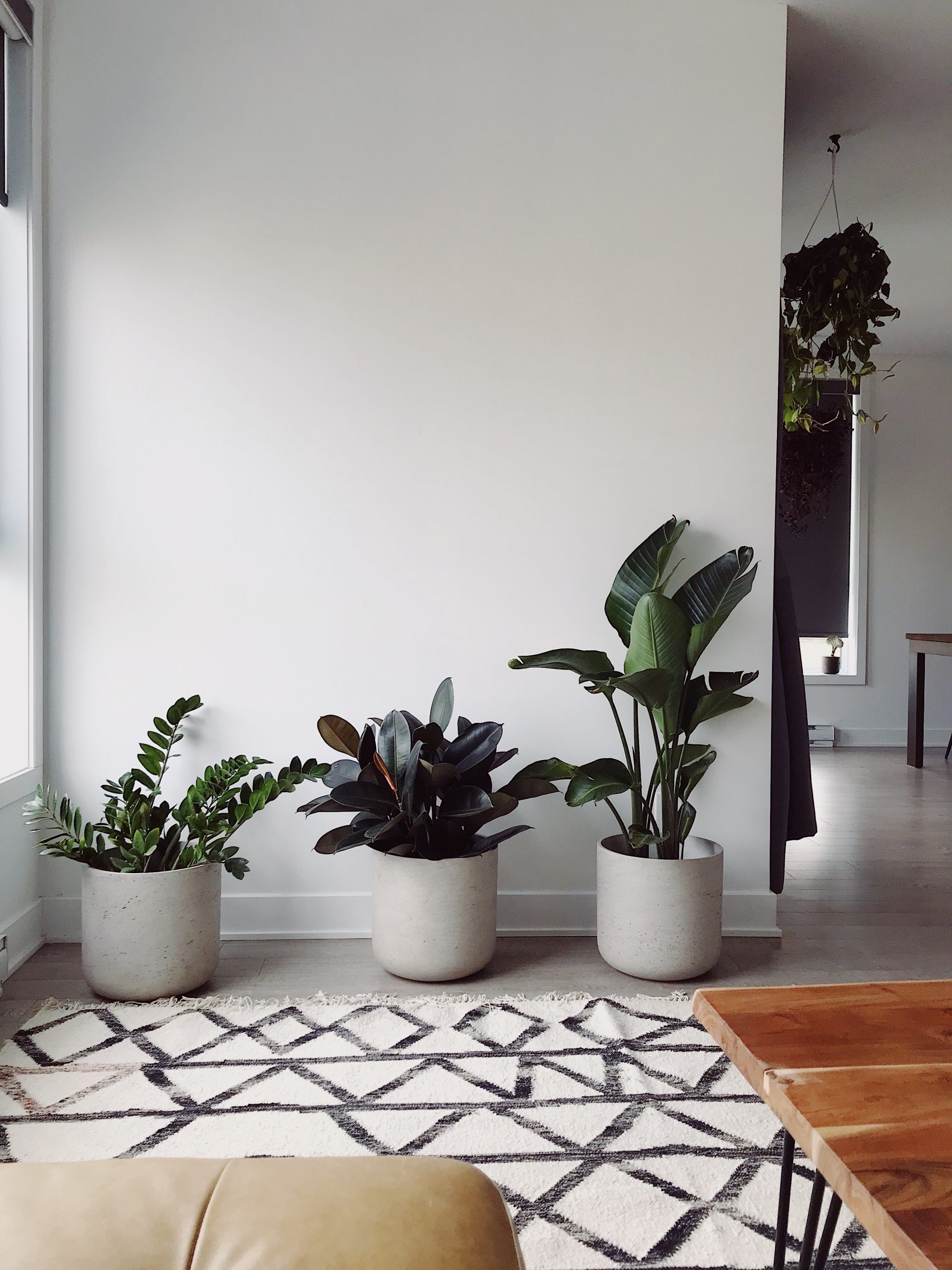Introduction:
Living in a small space doesn’t mean you have to give up on your dream of having a garden. With a little creativity and some strategic planning, you can create a beautiful vertical garden using containers. Vertical gardening is a space-saving technique that allows you to grow plants vertically, utilizing the vertical space available to you. In this article, we will explore the steps to create a vertical garden with containers, enabling you to maximize your small space and enjoy the benefits of gardening.
1. Assess Your Space:
Before you start creating your vertical garden, it’s essential to assess your space and determine the best location for it. Look for areas that receive adequate sunlight and have enough vertical space to accommodate your containers. Balconies, walls, and fences are great options for vertical gardening.
2. Choose the Right Containers:
Selecting the right containers is crucial for a successful vertical garden. Opt for containers that are lightweight, durable, and have good drainage. Hanging baskets, wall-mounted planters, and pocket planters are popular choices for vertical gardens. Make sure the containers are suitable for the types of plants you want to grow.
3. Select the Right Plants:
When choosing plants for your vertical garden, consider their growth habits, light requirements, and water needs. Select plants that are well-suited for vertical growth, such as trailing vines, compact herbs, and small flowering plants. Some popular choices for vertical gardens include strawberries, herbs like basil and thyme, and ornamental plants like ferns and ivy.
4. Prepare the Containers:
Before planting, prepare the containers by adding a layer of gravel or small stones at the bottom to improve drainage. Fill the containers with a high-quality potting mix that is well-draining and nutrient-rich. Ensure that the containers are securely attached to the wall or structure to prevent accidents.
5. Planting and Maintenance:
Plant your chosen plants in the containers, ensuring they have enough space to grow and thrive. Water the plants regularly, but be careful not to overwater, as excess moisture can lead to root rot. Fertilize the plants as needed, following the instructions on the fertilizer packaging. Prune and trim the plants regularly to maintain their shape and prevent overcrowding.
6. Vertical Garden Design:
Consider the aesthetics of your vertical garden by arranging the containers in an appealing and organized manner. Experiment with different plant combinations, colors, and textures to create a visually pleasing display. You can also incorporate trellises, stakes, or other vertical structures to support climbing plants and add dimension to your garden.
Conclusion:
Creating a vertical garden with containers is an excellent way to maximize small spaces and bring the beauty of nature into your home. By following these steps and using your creativity, you can transform any vertical surface into a thriving garden. Remember to choose the right containers, select suitable plants, and provide proper care and maintenance. With a little effort and planning, you can enjoy the benefits of gardening, even in the smallest of spaces. Happy gardening!
Sources:
– “Vertical Gardening: Grow Up, Not Out, for More Vegetables and Flowers in Much Less Space” by Derek Fell, page 9-12.
– “Small-Space Container Gardens: Transform Your Balcony, Porch, or Patio with Fruits, Flowers, Foliage, and Herbs” by Fern Richardson, page 45-50.










